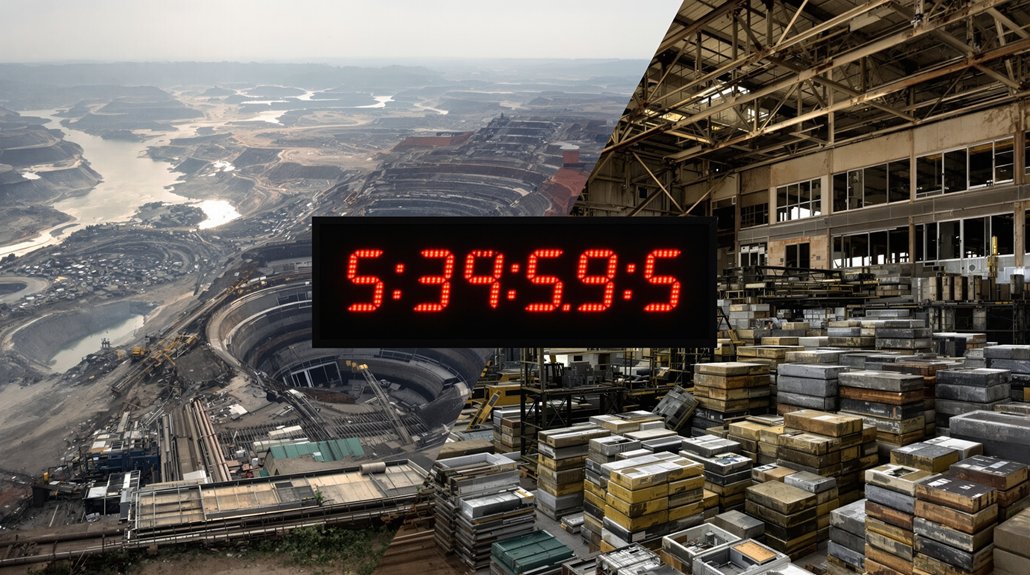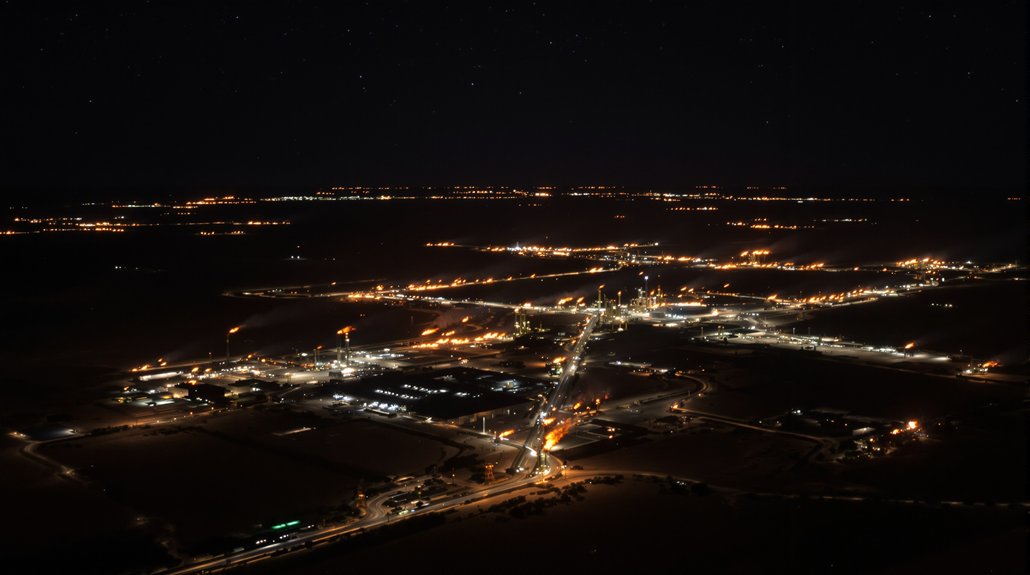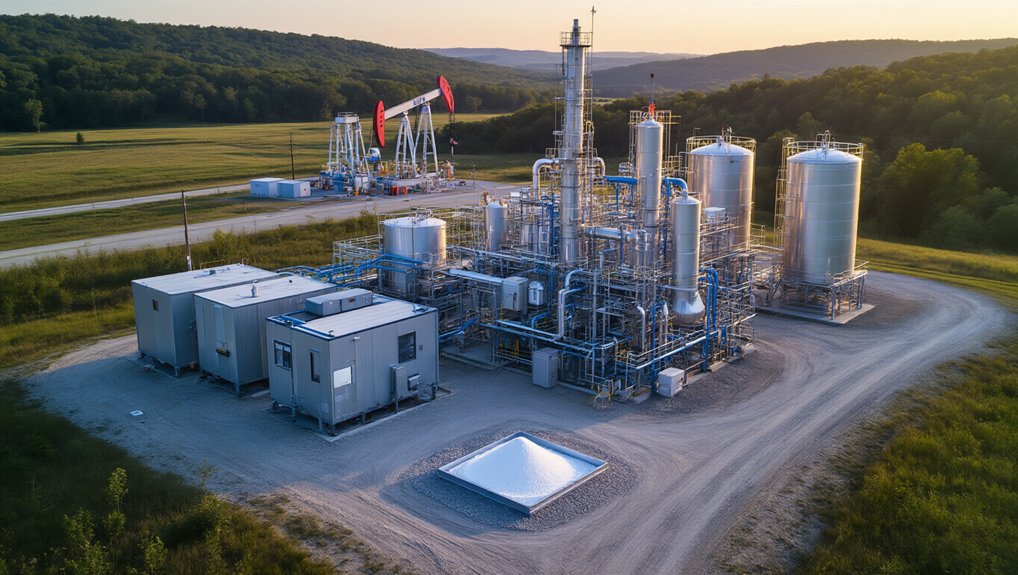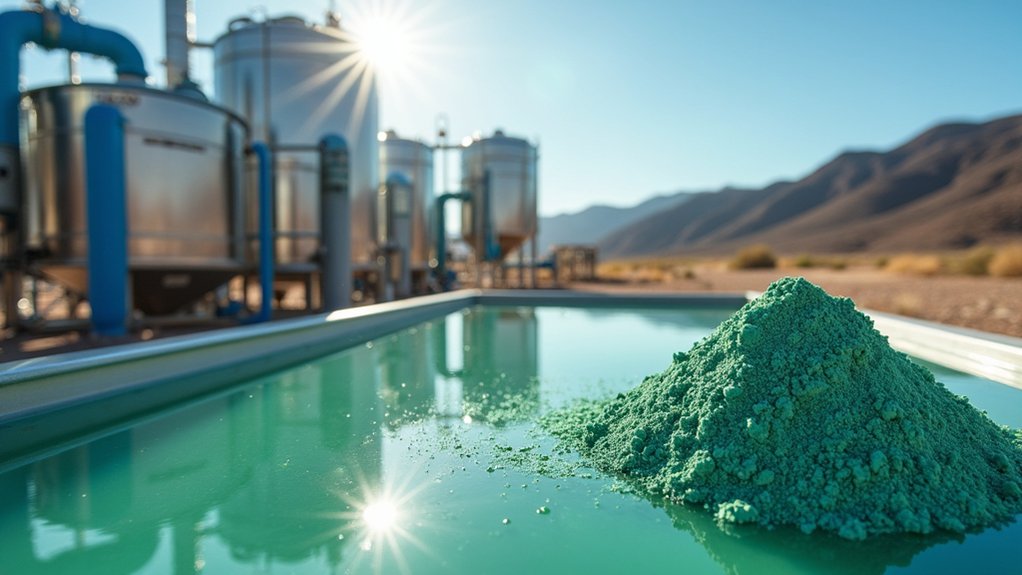The nickel market has plunged into freefall, and Washington can only watch from the sidelines. Once trading at a robust US$30,425 per tonne in 2022, nickel prices have crashed more than 50% to a projected US$15,000-16,000 for 2025. June’s dismal low of US$14,840 sent shockwaves through the industry. Small upticks? Sure. Sustainable recovery? Dream on.
The White House finds itself with empty pockets of influence. Unlike oil or agriculture, the federal government has virtually no direct tools to manipulate nickel prices. They’re at the mercy of global market forces, particularly Indonesia’s aggressive production expansion. Jakarta now controls a staggering 63.4% of global nickel output. That’s not just dominance—it’s a chokehold.
Washington stands helpless as Indonesia’s nickel dominance creates a market stranglehold beyond federal intervention.
“Market fundamentals don’t care about American industrial policy,” one analyst quipped. The numbers tell the brutal story: inventories have skyrocketed from 38,200 metric tons in May 2023 to a bloated 230,600 by April 2025. Classic oversupply meets underwhelming demand.
Remember all those rosy EV projections? Yeah, that didn’t pan out as expected. Battery demand growth slowed dramatically, pulling the rug out from under nickel’s price support. The expiration of EV tax credits didn’t help either.
Western producers have desperately slashed output at unprofitable mines. Meanwhile, Indonesia keeps the spigot flowing. Their mining quotas and environmental regulations are supposed to control supply. Fat chance. Global production is up another 8.5% this year alone.
American and European mines are getting hammered. Some have simply shut down. Others limp along, hoping for a miracle. China’s aggressive stockpiling of 100,000 tonnes since December 2024 has provided only minimal price support. The tariff announcement in April by Trump initially shook base metal markets, adding another layer of uncertainty to an already volatile industry. Experts don’t see any meaningful rebalancing until around 2030. Five more years of pain.
The price has somewhat stabilized in the US$15,000-15,800 range throughout 2025, but that’s cold comfort for miners watching their balance sheets bleed red. High-grade discoveries continue—Talon Metals recently found 8 meters of 12% nickel—but who’s going to develop them at these prices? Not happening.
References
- https://www.devere-group.com/nickel-price-forecast-2025-bearish-outlook-amid-persistent-oversupply/
- https://www.nasdaq.com/articles/nickel-price-update-q2-2025-review
- https://www.cruxinvestor.com/posts/nickel-prices-stabilize-as-market-transitions-from-surplus-to-shortage
- https://investingnews.com/daily/resource-investing/base-metals-investing/nickel-investing/nickel-forecast/
- https://tradingeconomics.com/commodity/nickel








